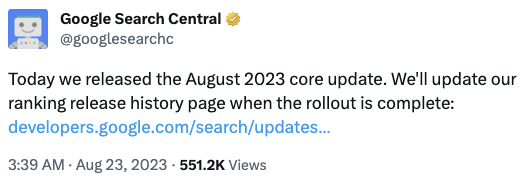Work from home is now a permanent fixture of work. What accelerated as a result of the Covid pandemic is here for the long haul. It is so established that there is a generation that only knows this type of work.
Work from home is loved because it frees time for what people love, improved health options and gives those engages in it more control.
This shift in work culture is an opportunity for local retailers to attract and retain customers in their neighbourhoods. By understanding the needs and preferences of a work-from-home (WFH) population, local businesses can become an integral part of their daily lives.
This is true in almost any business type. As a company that makes software for local retailers, we ourselves are invested in helping local retailers leverage the work-from-home opportunity.
Local businesses are themselves a form of work-from-home for many of the retailers. This is an opportunity for those businesses.
Capitalise on Convenience:
People working from home crave convenience. Gone are the days of dedicated lunch breaks and after-work errands. Local retailers can bridge this gap by offering:
- Delivery and Click-and-Collect: Offer delivery partnerships or a click-and-collect service. This allows customers to browse online during breaks and pick up their purchases on their way home. Partnering with delivery apps can further expand your reach.
- Extended Hours: Consider staying open a little later on weekdays to cater to the after-work crowd who might not have had time to shop during the day.
- Services. Copying, emailing, suppliers and more. Depending on the nature of the work and infrastructure required, local retailers can service this.
Embrace the “Workcation” Vibe:
Many WFH professionals are blurring the lines between work and personal life. Local cafes and restaurants can cater to this by providing:
- Comfortable Workspaces: Retailers with space can offer designated work areas with good Wi-Fi, comfortable seating, and access to outlets. Create a “workcation” atmosphere with ambient music and ample natural light. We can see this working in any type of business, not just cafes.
- Meeting Rooms: Provide small meeting rooms that can be booked for video conferences or team brainstorming sessions.
- Loyalty Programs: Reward frequent customers with loyalty programs that offer discounts.
Become a Community Hub:
Working from home can sometimes lead to feelings of isolation. Local retailers can foster a sense of community by:
- Hosting Events: Organise after-work social events, workshops, or networking opportunities. This not only attracts customers but also builds a sense of belonging.
- Partnering with Local Businesses: Collaborate with other local businesses to offer joint promotions or host pop-up shops within your store. This creates a more dynamic shopping experience and fosters a sense of community spirit.
- Supporting Local Causes: Partner with local charities or groups and donate a portion of proceeds or host fundraising events. This builds goodwill and connects you to the heart of your neighbourhood.
Leverage Technology:
Technology plays a crucial role in reaching and engaging with WFH customers:
- Strong Online Presence: Ensure your website that is easy to use on any device. Showcase your products, highlight your services (like delivery or click-and-collect), and ensure your online store reflects current stock levels.
- Social Media Engagement: Be active on social media platforms like Facebook and Instagram. Post content relevant to work-from-home participants.
- Local SEO: Optimise your online presence for local search. Use relevant keywords and make sure your business information is accurate across all online directories.
By embracing the work-from-home trend and adapting their offerings, local retailers can become a natural extension of the lives of their neighbourhood customers. Building strong relationships with your local community and offering convenient, personalised experiences will ensure your business thrives in the era of remote work.
Now, how does our POS software help? Work-from-home has changed what people buy, and when they buy. Our POS software can track and identify this for you. It can also connect to a website for easy shopping by locals.
Our POS software made for local retailers helps them embrace the local work-from-home community.
We are thinking about work-from-home today because where we are, in Victoria, Australia, it is Labour day, the public holiday declared for celebrating the achievement of the 8-hour day by unions. It is a day off related to work.





Recent Comments